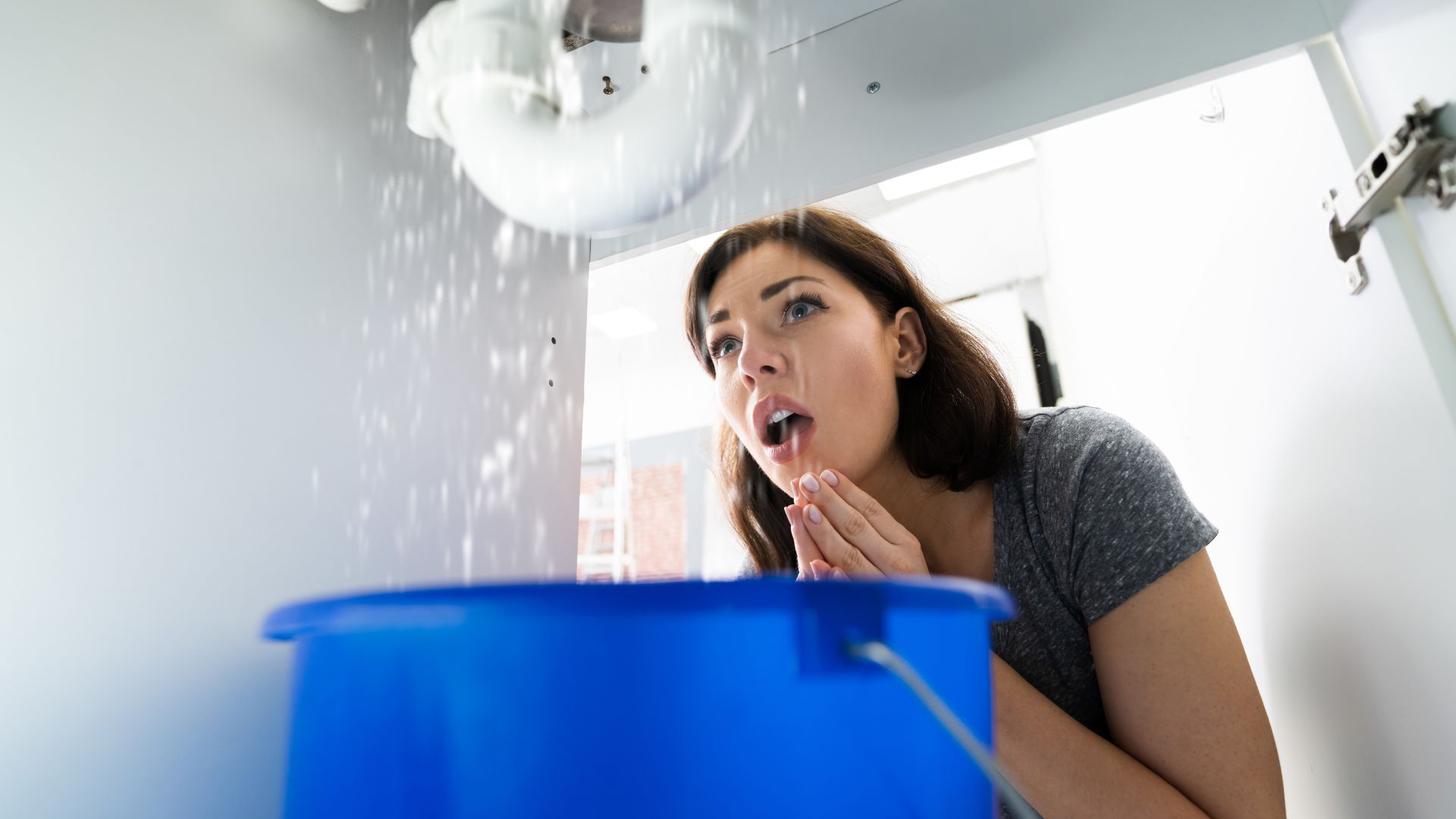Introduction
Slab leaks are among the most challenging and costly plumbing issues in Riverside homes. Because the pipes run beneath your home’s concrete foundation, leaks here often go unnoticed until significant damage is done. In this post, we’ll dig into what slab leaks are, how they’re detected, the risks they pose, and why early detection is vital.
Table of Contents
- What Is a Slab Leak?
- Common Causes of Slab Leaks
- Warning Signs You Might Have a Slab Leak
- Slab Leak Detection Methods
- Acoustic Listening
- Infrared Thermal Imaging
- Tracer Gas / Helium Tests
- Pressure Isolation & Sectional Testing
- Electronic Leak Detection
- Risks & Consequences of Ignoring Slab Leaks
- Benefits of Early Detection
- Repair Approaches After Detection
- Linking to Our Other Posts
- Conclusion
What Is a Slab Leak?
A slab leak occurs when a pipe located under your home’s concrete slab foundation develops a crack, split, or pinhole opening. Because the plumbing is not easily visible, these leaks can remain hidden for long periods, sometimes triggering severe damage long before they’re discovered.
Common Causes of Slab Leaks
- Soil shifting or settling beneath the foundation
- Corrosion of old metal pipes
- Abrasive or poor-quality water
- Vibrations from heavy machinery or nearby construction
- Foundation stress or cracks
- Freezing/thawing cycles (rare in Riverside but possible in special cases)
Knowing the cause helps in selecting the right detection and repair method.
Warning Signs You Might Have a Slab Leak
These are specific signs to watch for when a slab leak may be present:
- Warm spots on flooring
- Cracked or buckled tiles or walls
- Continuous hissing or water sounds beneath floors
- Sharp increases in water bills
- Persistently damp areas with no visible source
- Low water pressure
- Musty smell or mildew forming near the floor
If these symptoms align with what you saw in Post 1, you might have a slab leak specifically.
Slab Leak Detection Methods
Acoustic Listening
Highly sensitive microphones detect water escaping in pressurized pipes under the slab. Combined with ground microphones, technicians “listen” for the leak’s pinpoint location.
Infrared Thermal Imaging
Wet areas often show temperature anomalies. Infrared cameras can highlight cooler zones where moisture is present below the surface.
Tracer Gas / Helium Tests
Non-toxic gas (like helium) is introduced to the pipe, and sensors above the slab detect where the gas is escaping—pointing to the leak location.
Pressure Isolation & Sectional Testing
The plumbing system is divided into zones, isolating each section and checking for pressure drop, which indicates a leak in that zone.
Electronic Leak Detection
Electric current or proprietary testing devices help detect minute leaks by sensing disruptions in conductivity or flow in the pipe.
As with other detection, combining multiple techniques often yields the most accurate results.
Risks & Consequences of Ignoring Slab Leaks
- Worsening structural damage
- Warped floors, foundation cracks
- Hidden mold growth below slab
- Flooding of interior spaces
- Extremely high water bills
- Ecosystem damage to landscaping
- Exposure to indoor air quality issues
Because slab leaks are hidden, they’re often more dangerous than visible leaks.
Benefits of Early Detection
- Lower total repair costs
- Less invasive repairs (targeted, small area)
- Prevention of mold and mildew
- Preservation of structural integrity
- Better home resale value—having leak detection records helps
- Less disruption to daily life
Early detection is far better than waiting until damage is obvious.
Repair Approaches After Detection
Once the leak is located, repair options include:
- Rerouting the plumbing away from the damaged section
- Spot excavation (breaking a small section of concrete)
- Trenchless methods or pipe relining
- Pipe replacement or re-piping in severe cases
Your technician will help you weigh disruption, cost, and longevity of each method.
Linking to Our Other Posts
This post focuses on slab leaks specifically. In Post 1, we covered how to spot leaks broadly and why you need detection. In our upcoming Post 3, we’ll guide you through choosing a leak detection service—what to ask, what to expect, and what makes a quality provider.
To get started now, you can visit our Expert Leak Detection Services in Riverside, CA page or contact us to schedule your inspection.
Conclusion
Slab leaks pose unique challenges but also opportunities—if caught early. With the right detection tools and prompt actions, you can minimize damage and cost. Stay tuned for our next post on choosing a quality leak detection service, and in the meantime, feel free to contact us with any questions or to schedule your inspection.



